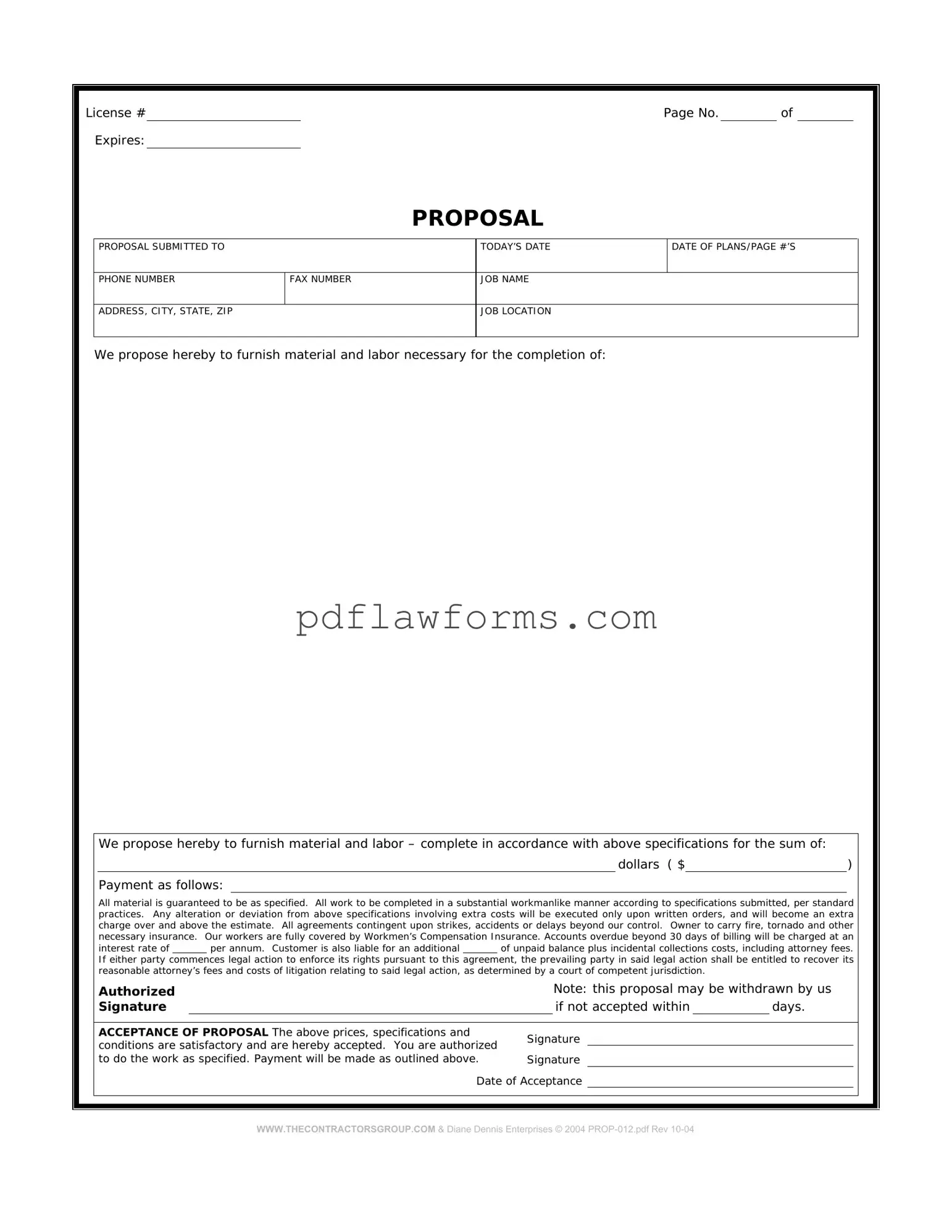Filling out a construction proposal form can seem straightforward, but several common mistakes can lead to complications later. One frequent error is failing to provide complete contact information. When a contractor does not include a phone number or email address, it can create communication issues. Clients may struggle to reach out for clarifications or updates, which can delay the project.
Another mistake often encountered is not specifying the project scope clearly. When details about the work to be performed are vague, misunderstandings can arise. This lack of clarity can lead to disputes over what was agreed upon, resulting in frustration for both parties.
Many individuals overlook the importance of including accurate cost estimates. Underestimating expenses can create financial strain on a project. Conversely, overestimating can deter potential clients. Providing a well-researched budget helps establish trust and transparency.
Additionally, some people fail to check for required permits or licenses. Skipping this step can lead to legal issues down the line. Ensuring that all necessary documentation is in place is crucial for compliance with local regulations.
Another common oversight is neglecting to outline a timeline for the project. Without a clear schedule, clients may feel uncertain about when to expect completion. This can lead to dissatisfaction and a perception of unprofessionalism.
Not including terms and conditions is another frequent error. These terms serve to protect both parties and clarify expectations. Without them, misunderstandings may occur regarding payment schedules, project milestones, or responsibilities.
Finally, some individuals do not review their proposal thoroughly before submission. Typos and errors can undermine credibility. A careful review can help ensure that the proposal is polished and professional, making a positive impression on potential clients.
